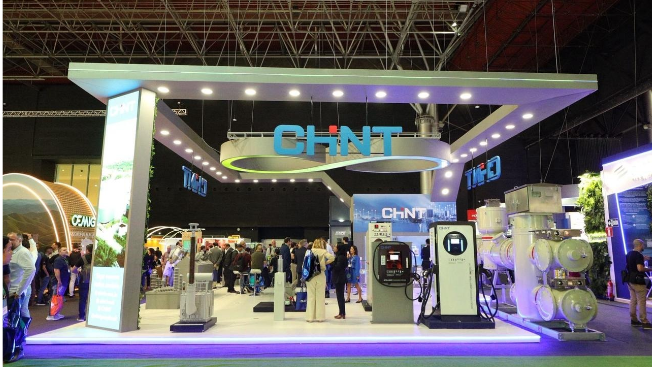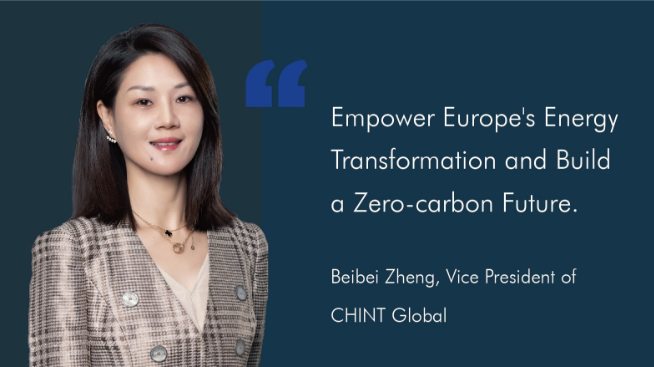China is the country with the highest CO2 emissions in the world and it is also the country that adds the most renewable energy sources each year. According to the XIV Five-Year Plan, we cannot only understand the importance of my country’s commitment to carbon neutrality, but it will also determine my country’s development path as the world’s largest market for renewable energies in the years to come.
Because of their low cost, fossil fuels have dominated the global energy industry for along time. Along the way, fossil fuels are much cheaper than other types of energy. Influenced by this crucial factor, if you want to move to renewable energy as the dominant position, the cost of fossil fuels is the real comparison.
Ten years ago a fossil-fuel power plant was still significantly cheaper than a solar photovoltaic power plant or a wind power plant, but the situation has changed completely in the last few years. According to the International Renewable Energy Agency (IRENA) “2019 Renewable Energy Power Generation Costs”, the worldwide costs for photovoltaic kilowatt hours again reached a new low in 2019 at around 0.068 US dollars / kWh.
From 2010 to 2019, the global cost of PV kilowatt hours decreased by 80%, while in 2019 it decreased by 13% compared to the previous year. The wind and solar capacities have grown rapidly in recent years; In 2019, renewables accounted for 72% of new global capacity.
Why is the cost of renewable energy decreasing so fast?
The cost of fossil fuels depends essentially on two factors, namely the fuel price and the operating costs of the power plant itself; It is different with renewable power plants: the operating costs are lower and no auxiliary fuel is required, which significantly determines the costs of renewable energies. It is the technology itself.
Currently, the vigorous expansion of renewable energies has become a worldwide consensus. The International Renewable Energy Agency (IRENA) anticipates the development of renewable energies and assumes that renewable energy will account for 90% of electricity generation by 2050. It is predicted that the cost per kilowatt hour of global utility-scale photovoltaic power plants will reach 0.02 to 0.08
As the average cost of renewable energy projects declines, the growth rate of new photovoltaic energy sources is expected to outpace that of wind energy. In the next 10 to 20 years, photovoltaic projects will be the most direct way to meet carbon neutral commitments worldwide due to the lower costs per kilowatt hour of photovoltaics.















